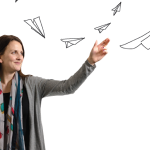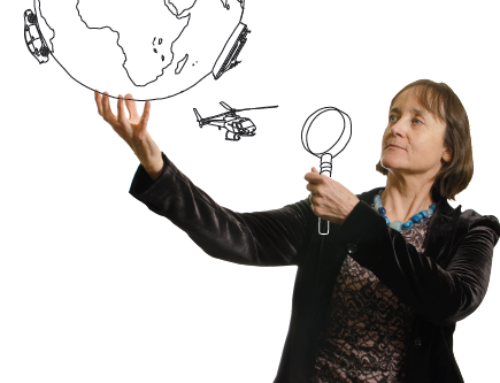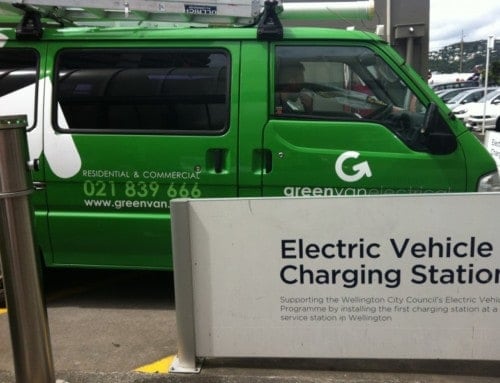Every day we make decisions about how we travel. These decisions include whether to go somewhere, where to go and how to get there. While we have some control over how we travel, there are a wh ole range of things that we don’t have much control over that influence our travel decisions, such as where we live, access to public transport, and family commitments.
ole range of things that we don’t have much control over that influence our travel decisions, such as where we live, access to public transport, and family commitments.
And these influences have changed over time.
For the past 100 years or so, the car has been the main way that people travel. Nowadays, our towns are designed to help people drive cars – large shopping centres with parking, direct routes for main roads – but sometimes this means that people without cars are left out. It can also mean that our urban areas might not be nice, safe places for people to walk or cycle. This has meant that for many people, car travel is preferred, so driver licensing, car ownership and distance travelled have all been increasing.
But it seems that things might be changing. In the past decade, there has been increasing evidence that generation Y – people born between 1980 and 2000 – are travelling in different ways and not wanting to travel by car as much as earlier generations. Industrialised countries including the USA, Canada, the UK, Sweden, Norway, Japan and Australia have all reported declining licensing amongst the 18-35 age group. Young people are also less likely to own a car and if they do own a car, they are travelling less.
We say that Generation Y are showing new ‘mobility cultures’ and the Energy Cultures project want to know why it is happening, where it is happening, and whether it will continue in the long term.
For example, it could be related to changing priorities, norms and values amongst generation Y. If young people prefer to rent inner-city flats and travel overseas from time to time, instead of home ownership, marriage and children, this could reduce the need to learn to drive and/ or own a car.
Young people have also been born at a time when the environmental problems associated with transport are well understood – perhaps generation Y are making envi
ronmentally friendly choices through their use of public (bus & train) and active (walking & cycling) transport modes.
Generation Y are sometimes called ‘digital natives’. This is because of the growth in internet and digital technologies in the past 20 years. Some of these technologies have changed how we buy things – for example, books are being replaced with e-readers, CDs replaced by online streaming. So rather than own things, young people are becoming more used to just having access to those things, often on line. How might these new behaviours affect travel and transportation preferences? Maybe car ownership will be replaced by car access, through internet-enabled car sharing schemes. And travel to the shops, to work and to the doctors might be replaced by internet based activities.
Although we can guess why young people are travelling differently, it is important to actually know for sure what is making this change happen. This could help policymakers and planners to design transport systems which better suit the needs of young people. So over the next year we will be speaking with generation Y in Dunedin, Auckland and
rural New Zealand, delving into their travel practices, and exploring the changing travel preferences of this generation.
Keep checking the energy cultures website for more information as this research progresses, or contact Debbie.hopkins@otago.ac.nz.
Debbie Hopkins
16 June 2014
P.S. Let me know what you think by leaving a comment below.






Leave A Comment